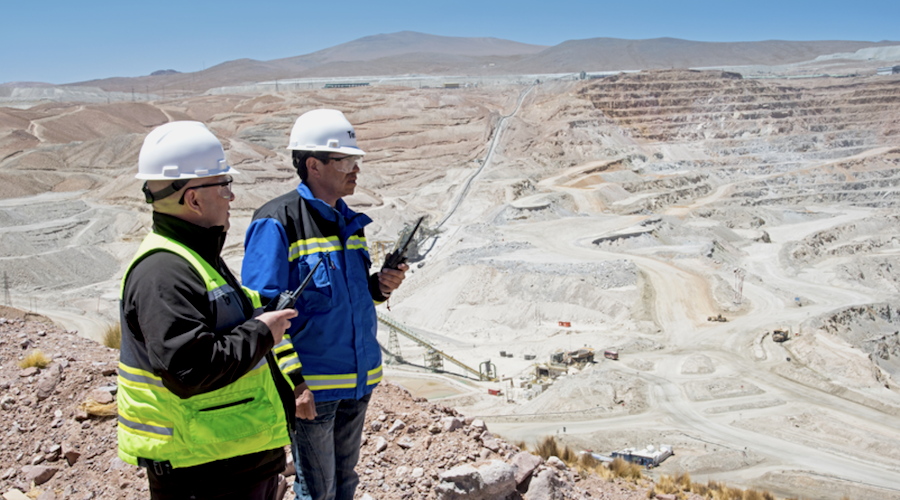How to manage tailings efficiently and economically

The mining industry has changed significantly over the past years. Because of lower head grades and complex ores, more tailings are generated by mining processes, adversely impacting the ecosystem and productivity. The recent tailings dam failures have increased the pressure to search for alternatives. Responsible and cost-effective management of tailings are essential to reduce risks by developing and incorporating innovative and sustainable practices.
Challenging the conventional – Dry tailings can be efficient
In the early stages of the mining industry, tailings were disposed in the most convenient manner, such as in downstream running water or down drains. Because of concerns about these sediments in water and other issues, tailing ponds came into use. However, considering the recent tailing dam failures and growing need to use water more responsibly, and the prerequisite for the mines to keep their costs in control, a completely new and forward-looking approach is needed for tailings management.
The way tailings are handled can have a long-term impact on the mines’ economic efficiency as well as on the ecology. Metso believes dry stacking of tailings as the most promising and sustainable way forward.
High capital expenditures (CAPEX) and operating expenses (OPEX) are the two key elements of profitability which have been a barrier for mining companies to invest in dewatering solutions. At Metso we are challenging the conventional thinking, while changing the industry view around the costs associated with dry tailings and stacking. Contrary to the conventional belief, dry tailings can be more efficient from a CAPEX and OPEX perspective when compared with wet or paste tailings.
Ensuring economic viability of tailings handling
The technology is evolving and shifting the gears towards adoption of smart and hybrid solutions that maximize ore and water recovery while optimizing operational costs. At the same time, the mine operators need an economically viable solution to dewater high tonnage of tailings when compared to traditional technologies.
To address these industry needs, Metso Tailings Management Solutions takes a comprehensive approach and combines three practices – dewatering the tailings, handling them properly and reprocessing new and existing ones.
Tailings dewatering – The high capacity VPX™ from Metso enables up to 90% water recovery in tailings, with a cake moisture content below 7%. IPS thickeners use less of flocculants, or chemicals thus reducing OPEX substantially. Also, 50% smaller plant footprint is a huge benefit when considering the cost of land and civil works.
Handling – Wide-ranging solutions such as conveying, pumping, stacking and reclaiming result in efficient and cost-effective transportation and storage of dewatered tailings for large mining operations.
Reprocessing – Extracting valuable minerals from legacy dams will not only help to generate additional
revenue but also enable cleaning up tailing dams in suitable way by dewatering.
Our analysis shows that reprocessing is very attractive from a cost perspective
in comparison with virgin material – we simply turn waste into value…
Read the entire article on metso.com: How to manage tailings efficiently
and economically?
{{ commodity.name }}
{{ post.title }}
{{ post.date }}

Comments